Back Exercises - Stretch and Strength
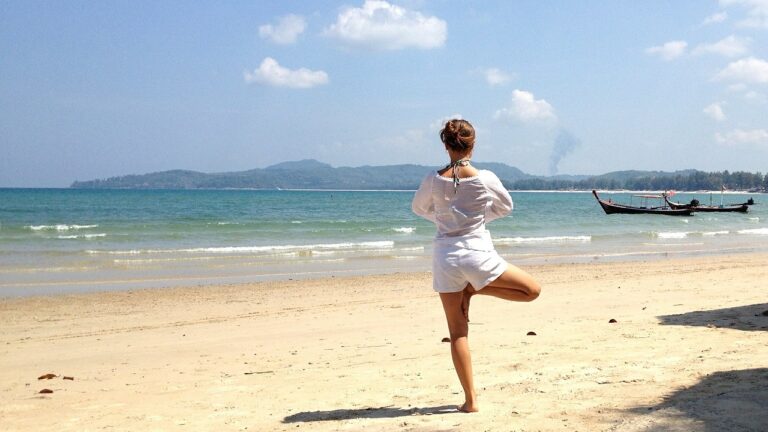
Most of us have experienced back pain and know how it can restrict your movement and cause discomfort. Our instinct is to restrict our movement which results from the fear of pain that may appear or movement that will worsen our condition. The problem is that the opposite is true. We must create movement and stretch the muscles in the painful areas and not leave them in a state of immobility that only increases the stagnation and physical adhesion of the muscle fibers to one another and the fascia (the layer between the skin and the internal organs) layer around it.
Our back is made up of an extensive muscular system that allows us a variety of movement abilities and most often the problems start when one of the muscles goes out of balance and contracts. In response other muscles try to cover up and work harder, some withstand the load while others do not and thus a state of imbalance is created leading to back pain.
It is important to maintain regular exercise and movement especially for the back which holds and stabilizes the entire body. It is recommended to combine stretching exercises as well as muscle strengthening exercises.
Ongoing exercise helps relieve pain, strengthens muscles, improves muscle flexibility and a sense of posture, gives a feeling of lightness and a desire for movement.
It is important to work while listening to the body, remember to maintain proper diaphragmatic breathing using the nose and always get to the point where you feel discomfort but not to the point of pain. This is how we will work together with the body and teach it how to rebalance the muscles, tendons and cells.
1. Bending the lower back
We will start by standing on the mattress when the legs are open a little less than the width of the mattress. We will bend our knees so that we can fold from the depths of the pelvis, lower our head and arms towards the floor and grab our elbows with our hands. You can stay in place and just let the body fall or move slowly from side to side.
The exercise produces movement and stretching in the muscles and vertebrae of the lower back.
Stay in this position for about 30-60 seconds.
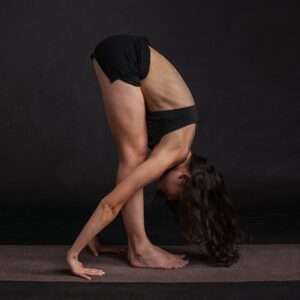
2. Upper back movement
The starting position is sitting down with your legs crossed on the mattress. When inhaling we will push the chest out, lift the chin and lean the head and neck back. When exhaling round the spine, lower the chin towards the chest and contract the chest.
The exercise produces movement and stretching in the muscles and vertebrae of the neck and upper back.
Repeat the exercise about 2-6 times.
3. Lateral movement to the spine
The starting position is sitting down with your legs crossed on the mattress.
Place your right hand on the floor and lift your left hand in the air over your head towards your left hand and tilt your whole body to the right as much as possible. We will switch between the sides with the left hand on the floor and the right hand pulling in the other direction slowly. We will inhale when going into the pose, exhaling and further inhaling when alternating positions.
The exercise produces movement and stretching in the muscles and vertebrae of the neck and upper back.
Repeat the operation about 2-6 times.
4. Child pose
This position is called Child Pose. Sitting on bent knees on the mat, lower your back towards the floor and stretch your arms forward, your head resting on the mattress between your hands.
The exercise stretches the muscles and vertebrae of the lower back and thighs.
Stay in this position for about 30-60 seconds.
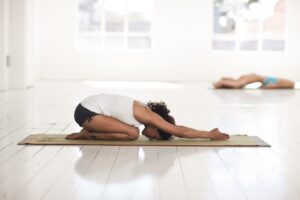
5. Upper back movement
The practice is taken from a combination of two yoga poses called Cat-Cow because of their posture and it produces motility in the lower back area. The starting position is a table top with the arms and legs perpendicular to the floor. While inhaling, lift the tailbone upwards, push from the pelvic area, lower the abdomen towards the floor and create a concavity in the back while lifting the head forward.
To move to a cat position, we will start by exhaling, lowering the head, creating a curve in the back (like an angry cat) and pushing the tailbone inwards.
The exercise produces movement and stretching in the muscles and vertebrae of the lower back.
We will repeat the exercise several times (10-20 repetitions) while practicing breathing accordingly.
6. Strengthening the lower back
We will start lying down with our face to mattress. We will lift of the arms and legs upwards simultaneously keeping our legs and hands straight.
If it is difficult, you can place your hands on the sides of your body.
The exercise strengthens the muscles of the lower back and helps maintain balance.
Perform 10 repetitions three times with a break of 30-60 seconds between them.
7. Strengthening and balancing the lower back
The starting position is table top with the arms and legs perpendicular to the floor. Raise one leg and the opposite hand to be horizontal to the ground, maintaining the balance of the pelvis and shoulders for a second or two and lower.
The exercise strengthens the abdominal and lower back muscles and helps maintain balance.
We will perform 10 repetitions twice for each side with a break of 30-60 seconds between them.
8. Cobra
We will start lying down facing the mattress, hands on the sides of the chest with the palms resting on the mattress and lifting the hands until the elbows lock, creating a bend in the back. You should be careful here not to stretch to a feeling of pain and be attentive to the body. You may not be able to straighten your arms completely at first, you can also raise your arms towards your head to facilitate the exercise.
The exercise stretches and strengthens the muscles of the lower back.
Remain in this position while breathing to your diaphragm for about 30 to 60 seconds.
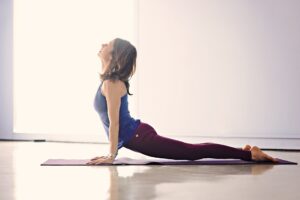
9. Downward facing dog
Our starting position is Table Top, from which we will lift the pelvis upwards while keeping our hands and feet on the floor, bend the knees if necessary. In this position, one foot touches the entire floor, bending the opposite knee, creating a stretch in the ankle and calf muscles. Stay for a second or two and change legs. We will create movement while switching between the legs. It is important to work slowly while breathing and paying attention to our body and the painful places.
The exercise produces stretching and strengthens the muscles in the lower back, legs and pelvis. We will perform the exercise for 60-120 seconds.
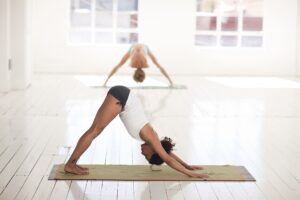
10. Half bridge
Lie down on your back with your feet on the mat as wide as your pelvis, hands on the sides of the body and knees bent. Lift the pelvis upward for a second or two and descend. As we move our legs away from the pelvis the difficulty will increase.
Exercise strengthens the abdominal, back and buttock muscles.
Perform 10 repetitions three times with a break of 30-60 seconds between them.
11. Rotation of the spine
Lie down on your back with your legs straight on the mattress. Bend one knee and place the foot on the other knee. With the opposite hand to the foot, we will lower the foot towards the floor. You can also rotate the neck in the opposite direction.
The exercise produces lateral stretching of the abdominal and lower back muscles.
Stay in this position for about 30-60 seconds and switch to the other side.
12. Double stretching of the spine
Lie down on your back in a fetal position with your arms hugging your legs. Roll to the left and rotate the right hand outward until the shoulder reaches the floor and the other hand holds the feet close to the ground.
The exercise produces lateral stretching of the abdominal and lower back muscles and in deep breathing massages all the internal organs of the abdominal cavity.
Remain in this position while taking deep diaphragmatic breaths for about 60 to 120 seconds and switch sides.
13. Leg stretch
Lie down on your back and bend one knee towards your chest. We will hold the knee with both hands and the other leg will be kept straight (knee locked) and you can even stretch your fingers (point).
The exercise produces stretching in the muscles of the thigh, pelvis, buttocks and back.
Remain in this position while breathing for about 30 to 120 seconds and perform the position for both legs.
14. Stretching for both legs
Lie down on your back and bend both knees towards your chest. We will hold our knees with our hands.
The exercise produces stretching in the muscles of the thigh, pelvis, buttocks and back.
Remain in this position while breathing for about 60 to 120 seconds.
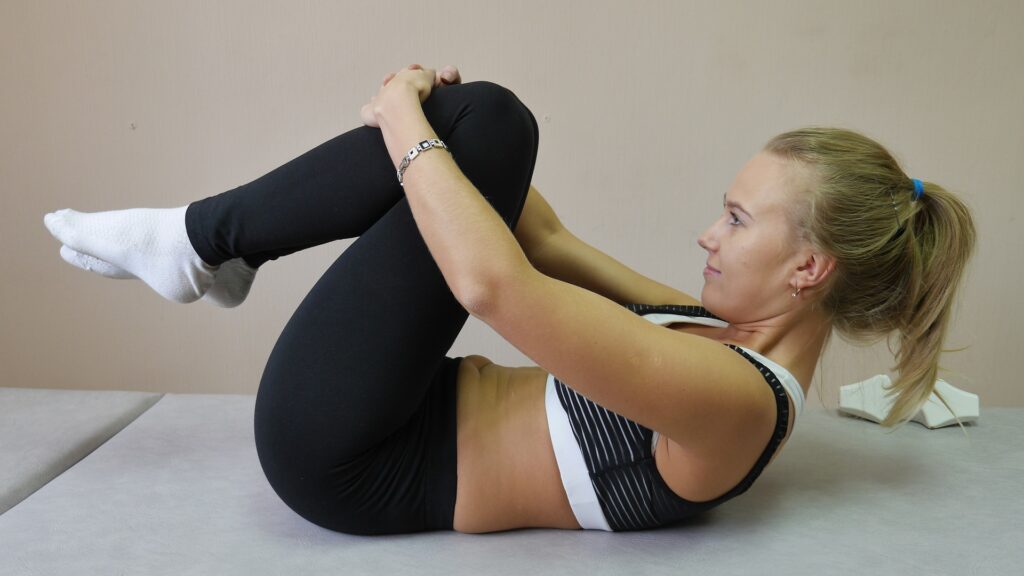
There are quite a few more exercises and you can always add and progress even further. I always recommend working with the body. start by choosing some exercises that you feel are possible and pleasant. Once the body has become accustomed (several days to weeks) it can be taken out of its comfort zone and challenged with new and even more difficult exercises. The emphasis is on strengthening the muscles, enabling movement and stretching while working properly and consistency.
Good luck.
